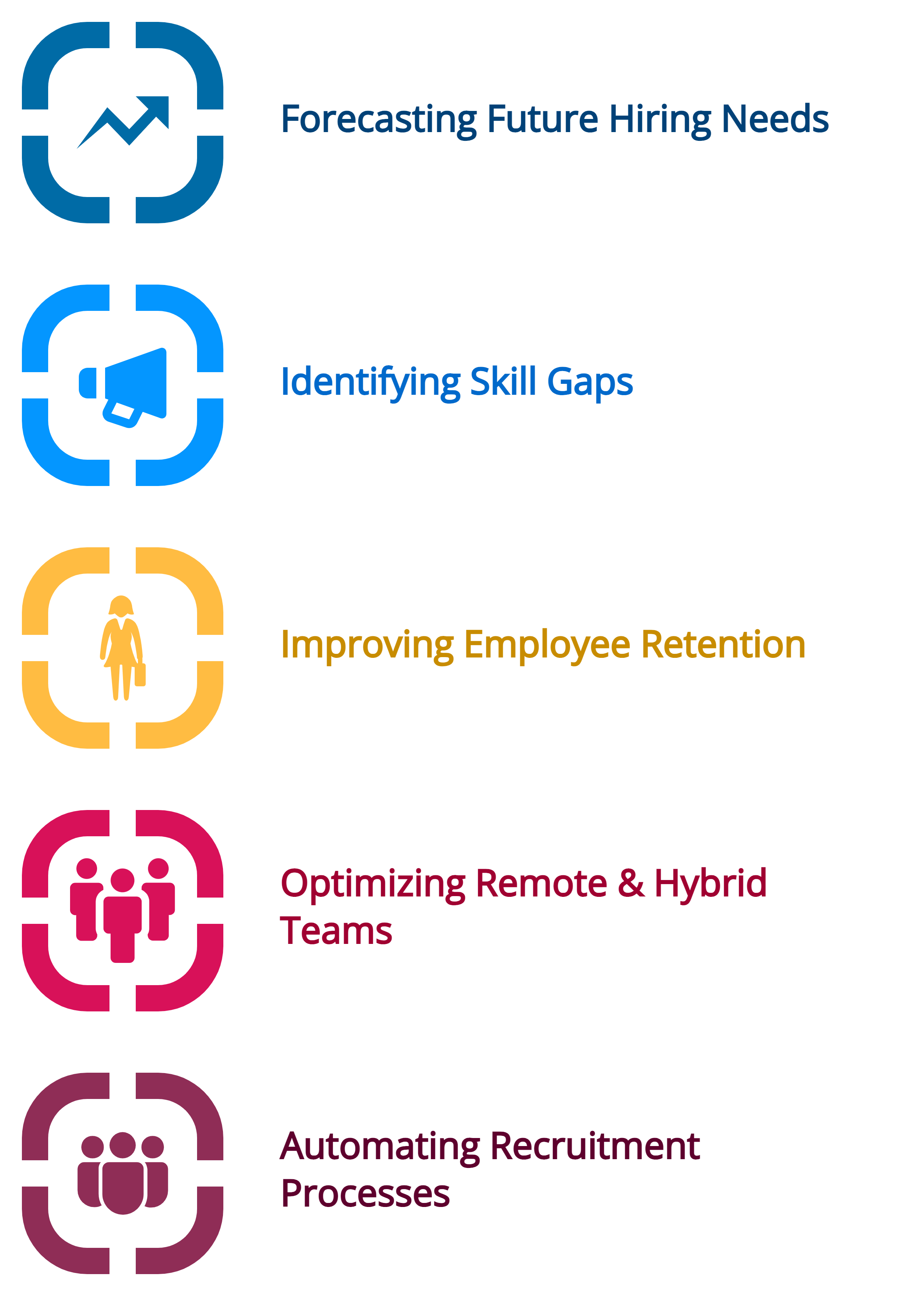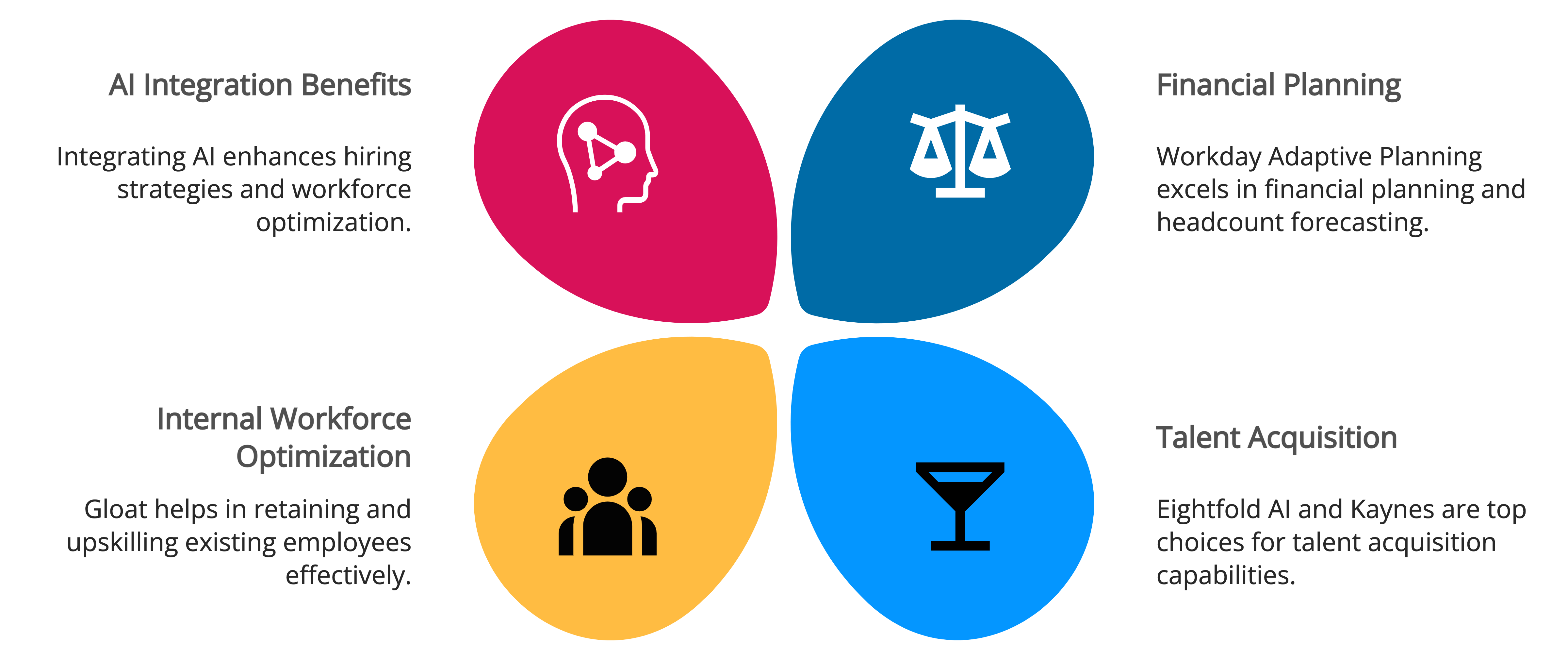Growing a SaaS company fast is exciting, but it comes with challenges especially when hiring the right people at the right time. If you scale too slowly, you fall behind. If you hire too quickly, you burn cash and risk layoffs.
That’s where AI-driven workforce planning comes in. Artificial intelligence helps SaaS companies make smarter hiring decisions, predict future needs, and avoid costly mistakes.
What Is AI-Driven Workforce Planning?
AI-driven workforce planning uses artificial intelligence and data analytics to predict hiring needs, optimize team structures, and improve efficiency. Instead of guessing when to hire or relying on outdated spreadsheets, AI analyzes real-time data to guide decisions.
Why AI Matters for Fast-Growing SaaS Companies

Hyper-growth SaaS companies operate in a fast-paced, constantly evolving environment. They need to scale teams quickly to meet demand, but hiring too many employees too soon can strain finances. On the other hand, not hiring fast enough can slow growth and create bottlenecks.
Traditional workforce planning methods, like spreadsheets and manual forecasting, struggle to keep up with this rapid pace. AI-driven workforce planning changes the game by using real-time data, predictive analytics, and automation to make smarter, faster decisions.
1. Predicts Hiring Needs
Hiring the right people at the right time is critical for SaaS companies. AI analyzes company data, market trends, and past hiring patterns to forecast when and where you’ll need new employees. Instead of making reactive hiring decisions, AI helps SaaS leaders plan proactively.
For example, if AI detects that customer demand for a product is increasing at a steady rate, it can predict when the company will need more customer support reps or engineers to handle the workload. This prevents understaffing issues that could lead to poor customer experiences or overworked employees.
2. Optimizes Workforce Costs
Hiring too quickly can lead to unnecessary expenses, while hiring too slowly can cause missed revenue opportunities. AI helps balance workforce costs by analyzing financial data, performance metrics, and operational needs to recommend the ideal number of employees for each stage of growth.
AI can also identify roles that may be better suited for contract work, automation, or internal mobility, reducing unnecessary hiring expenses. This allows SaaS companies to allocate their budgets wisely, ensuring they invest in roles that provide the most value.
3. Improves Retention
High employee turnover is costly and disruptive, especially in SaaS companies where specialized knowledge is crucial. AI can analyze employee engagement data, work patterns, and even sentiment from internal surveys or communication tools to identify burnout risks and job dissatisfaction.
For instance, if AI detects a decline in productivity or an increase in late-night work hours, it can flag employees who might be at risk of burnout. HR teams can then step in with solutions like workload redistribution, mental health resources, or career growth opportunities to keep employees satisfied and engaged.
Additionally, AI can suggest personalized career development paths by analyzing employees’ skills and interests. This helps companies retain top talent by offering internal mobility opportunities instead of losing valuable employees to competitors.
4. Speeds Up Hiring
Traditional hiring processes can be slow, especially when recruiters have to manually screen hundreds of resumes. AI-powered recruitment tools can scan resumes, match candidates to job descriptions, and even conduct initial screening interviews using chatbots or video analysis.
AI can also predict which candidates are more likely to succeed in a role based on past hiring data, reducing the chances of bad hires. This speeds up the hiring process while ensuring SaaS companies bring in top talent efficiently.
For example, if a SaaS company needs to quickly scale its sales team, AI can analyze the characteristics of top-performing sales reps and identify candidates with similar profiles. This targeted approach reduces time-to-hire and improves overall team performance.
For hyper-growth SaaS companies, AI-driven workforce planning isn’t just a luxury it’s a necessity. AI helps businesses predict hiring needs, control workforce costs, improve retention, and speed up recruitment. With AI, SaaS companies can scale efficiently, avoid costly hiring mistakes, and build a workforce that’s prepared for long-term success.
How AI Helps with Workforce Planning

AI isn’t here to replace HR teams it’s here to make them smarter. By analyzing real-time data, AI can predict hiring needs, identify skill gaps, and optimize workforce strategies. This helps SaaS companies scale efficiently without over-hiring, under-hiring, or losing top talent. Here’s how AI is transforming workforce planning:
1. Forecasting Future Hiring Needs
One of the biggest challenges for hyper-growth SaaS companies is knowing when and where to hire. Traditional workforce planning relies on gut feelings or outdated reports, which often lead to hiring delays or unnecessary staffing costs. AI eliminates guesswork by using real-time data to forecast hiring needs.
AI analyzes factors like:
- Revenue growth trends – Predicts how business expansion will impact workforce demand.
- Project timelines – Determines when additional team members are needed to meet deadlines.
- Customer demand – Identifies when sales or customer support teams need more staff.
For example, if a SaaS company launches a new product and sees a spike in customer inquiries, AI can predict how many additional support agents will be required in the next six months. This proactive approach prevents talent shortages and ensures smooth operations.
2. Identifying Skill Gaps
As technology evolves, SaaS companies must continuously upskill their teams. AI scans job descriptions, employee performance reviews, and industry trends to pinpoint skills that are missing or becoming outdated.
Here’s how AI helps:
- Compares existing employee skills with future company needs.
- Identifies training and development opportunities to bridge skill gaps.
- Alerts hiring managers when certain skills are in short supply.
For instance, if AI detects an increasing demand for AI and machine learning engineers, it can recommend hiring more specialists or reskilling current employees. This ensures the workforce stays competitive without unnecessary external hires.
3. Improving Employee Retention
Losing skilled employees slows down growth and increases hiring costs. AI can analyze work habits, engagement data, and even sentiment from internal communication platforms to detect early signs of burnout or dissatisfaction.
AI can track:
- Employee work hours and workload distribution.
- Team morale based on feedback surveys and performance data.
- Signs of disengagement, such as reduced productivity or lack of participation in team activities.
If AI identifies employees at risk of leaving, HR teams can take proactive steps, like adjusting workloads, offering career growth opportunities, or improving work-life balance policies. This prevents talent loss and strengthens employee loyalty.
4. Optimizing Remote & Hybrid Teams
Many SaaS companies operate with fully remote or hybrid teams. Managing a distributed workforce can be challenging, especially when tracking productivity and collaboration. AI helps by analyzing work patterns, communication trends, and team performance.
How AI optimizes remote teams:
- Analyzes productivity data – Identifies which remote work setups boost efficiency.
- Recommends team structures – Suggests optimal team distributions based on skills, time zones, and collaboration needs.
- Improves workflow automation – Helps managers streamline processes to keep remote teams aligned.
For example, AI might detect that remote developers in different time zones struggle with overlapping work hours. It can then suggest alternative meeting schedules or recommend asynchronous collaboration tools to improve workflow.
5. Automating Recruitment
Recruiting top talent quickly is essential for hyper-growth SaaS companies. AI-powered hiring tools can scan thousands of resumes, match candidates to job descriptions, and even conduct initial screening interviews.
AI helps recruitment by:
- Filtering resumes based on skills, experience, and cultural fit.
- Conducting automated interviews using AI-driven chatbots.
- Predicting candidate success based on past hiring data.
For instance, AI can analyze the performance of past hires to identify patterns in successful employees. It can then prioritize candidates with similar skills and experiences, reducing hiring time and improving decision-making.
AI-driven workforce planning gives SaaS companies a major competitive advantage. By forecasting hiring needs, identifying skill gaps, improving retention, optimizing remote teams, and automating recruitment, AI ensures companies grow efficiently without unnecessary hiring mistakes. When combined with strategic human decision-making, AI helps businesses build a workforce that’s ready for long-term success.
Best AI Tools for Workforce Planning
AI-driven workforce planning tools help SaaS companies scale efficiently by predicting hiring needs, optimizing workforce distribution, and automating recruitment. If you’re looking for the best AI-powered solutions, here are four top options that can enhance your HR strategy:
1. Workday Adaptive Planning
Workday Adaptive Planning is an advanced AI-powered workforce planning tool designed to help companies forecast hiring needs and manage budgets effectively. It enables businesses to:
- Use predictive analytics to anticipate workforce demand based on financial data.
- Plan headcount growth based on revenue projections and business objectives.
- Identify cost-saving opportunities by optimizing workforce allocation.
SaaS companies experiencing rapid growth can use Workday’s real-time analytics to prevent over-hiring while ensuring enough employees are available to meet demand.
2. Eightfold AI
Eightfold AI uses deep learning and predictive analytics to enhance talent acquisition, internal mobility, and workforce planning. This tool helps companies by:
- Matching candidates to job openings based on skills, experience, and career trajectory.
- Predicting hiring trends using market data and company growth patterns.
- Analyzing employee skills to recommend internal promotions and upskilling opportunities.
By leveraging Eightfold AI, SaaS companies can build a strong talent pipeline while reducing recruitment time and costs.
3. Gloat
Gloat focuses on internal talent mobility, helping organizations maximize their workforce potential. It provides:
- AI-driven insights into employee skills and career aspirations.
- Smart recommendations for internal job placements and project assignments.
- Workforce optimization strategies to reduce skill gaps and improve retention.
For fast-growing SaaS companies, Gloat ensures existing employees are utilized effectively, reducing the need for external hiring while fostering career growth.
4. Kaynes
Kaynes is an AI-driven workforce intelligence platform that streamlines recruitment and workforce planning. It offers:
- AI-powered resume parsing and candidate matching for faster hiring.
- Predictive analytics to forecast workforce demand and prevent staffing shortages.
- Real-time labor market insights to help companies stay competitive.
Kaynes is ideal for SaaS companies needing to quickly scale their teams while ensuring they attract the best talent. Its automation capabilities help recruiters find and engage top candidates efficiently.
Choosing the Right AI Workforce Planning Tool

The right AI-driven workforce planning tool depends on your company’s needs. If your focus is financial planning and headcount forecasting, Workday Adaptive Planning is a solid choice. If you need a powerful talent acquisition platform, Eightfold AI and Kaynes are excellent options. For internal workforce optimization, Gloat can help you retain and upskill existing employees.
By integrating AI into workforce planning, SaaS companies can hire smarter, optimize costs, and retain top talent all essential for sustaining hyper-growth.
Getting Started with AI Workforce Planning
If you’re running a fast-growing SaaS company, now is the time to integrate AI into workforce planning. Here’s how to get started:
- Choose the right AI tools – Look for platforms that align with your company’s growth stage and hiring needs.
- Use data-driven insights – Let AI analyze past hiring patterns and future workforce needs.
- Train HR teams on AI tools – Ensure your HR department knows how to use AI effectively.
- Monitor and adjust – AI gives insights, but human decision-making is still key. Use AI as a guide, not a replacement.
AI-driven workforce planning helps SaaS companies scale smartly. By predicting hiring needs, identifying skill gaps, and improving retention, AI ensures you have the right people in place at the right time. If you want to grow efficiently without wasting resources, AI is the way to go.
Meet Gordon, a prominent authority in the realm of autonomous AI, whose exceptional insights are shaped by a distinguished career as the Chief AI Officer of a leading tech company. With a solid academic foundation rooted in his education at Imperial College London, Gordon’s journey into the fascinating world of artificial intelligence has been nothing short of remarkable. His role as a pioneering strategist and innovator in the field has propelled him to the forefront of AI’s rapid evolution, where he continues to shape the future of intelligent automation.
Beyond the boardrooms and laboratories, Gordon’s life in Camden Town, London, adds a touch of whimsy to his otherwise tech-driven world. Amidst the bustling streets of this vibrant neighborhood, Gordon finds solace in the company of his three beloved dogs, a testament to his passion for both AI and the simple joys of life. Join us as we delve into Gordon’s world, where the juxtaposition of cutting-edge AI and the charms of Camden Town paint a vivid portrait of a remarkable individual at the heart of the autonomous AI revolution.





